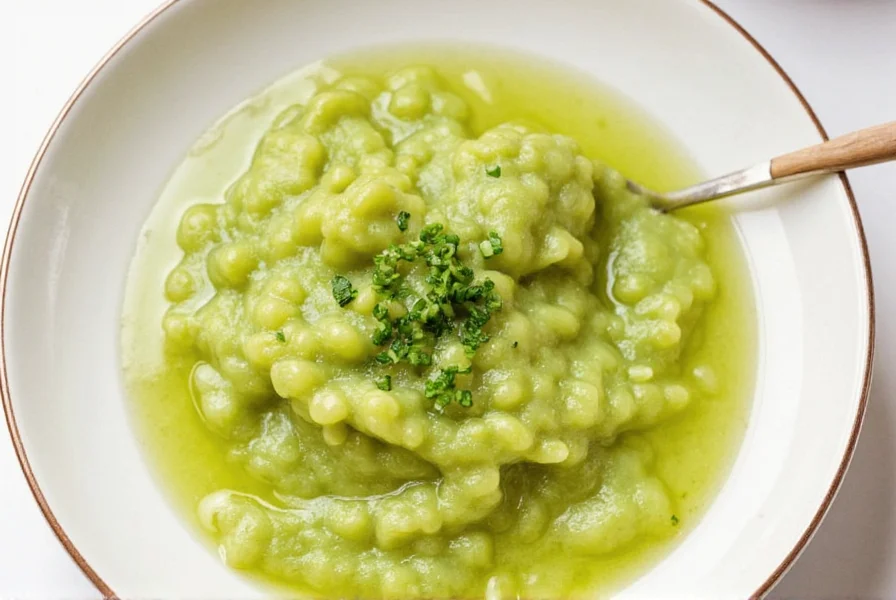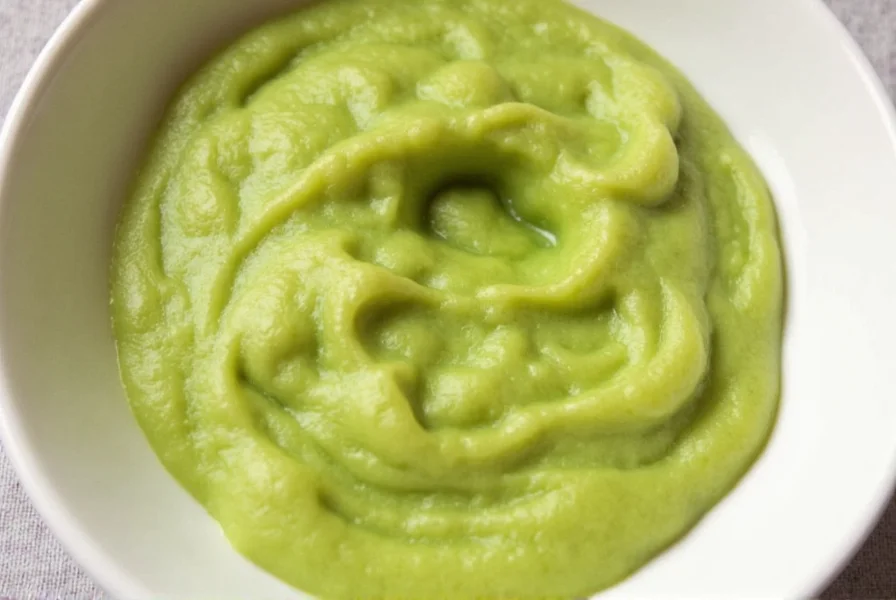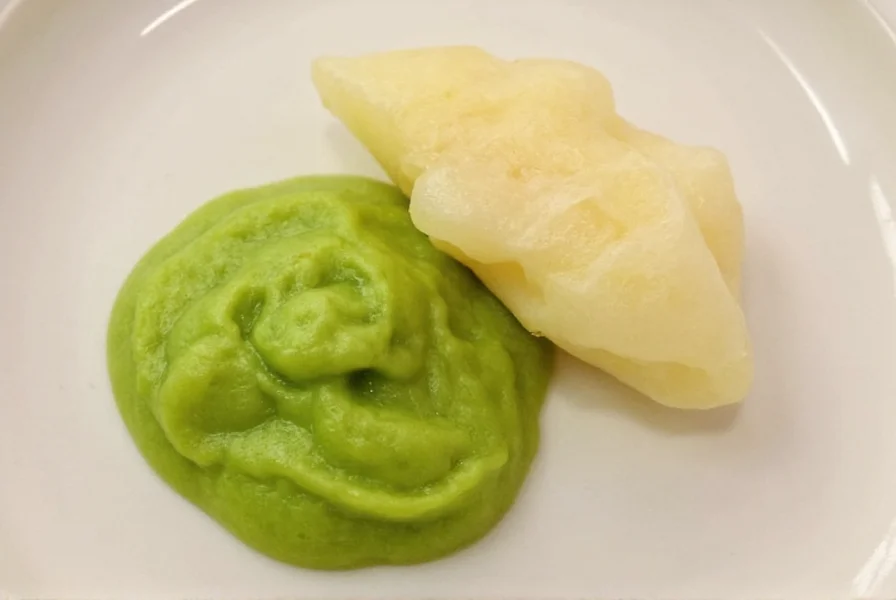Many diners mistakenly believe they're experiencing authentic wasabi when served the green paste alongside sushi, but over 95% of 'wasabi' outside Japan is actually a blend of horseradish, mustard powder, and green food coloring. True wasabi has a complex flavor profile with subtle sweetness and floral notes that horseradish-based substitutes cannot replicate. Understanding these ingredients transforms your sushi experience from casual dining to culinary appreciation.
What Real Wasabi Actually Is
Authentic wasabi comes from the Wasabia japonica plant, a member of the Brassicaceae family that includes horseradish and mustard. Grown in specific cool, shaded environments with running water, genuine wasabi rhizomes produce a heat compound called allyl isothiocyanate that stimulates nasal passages rather than burning the tongue like capsaicin in chili peppers. This compound breaks down within 15-20 minutes after grating, which is why traditional Japanese restaurants grate wasabi fresh for each order.

The Truth About Pickled Ginger (Gari)
Pickled ginger, known as gari in Japanese, serves a completely different purpose than wasabi. Made from young ginger root pickled in sweet vinegar, this pale pink condiment cleanses the palate between different types of sushi. The subtle sweetness and mild ginger flavor reset your taste buds, allowing you to fully appreciate each subsequent piece of fish. Unlike wasabi, which enhances flavor, gari provides contrast and refreshment.
Why 'Ginger Wasabi' Isn't a Thing
The term 'ginger wasabi' typically stems from three common misunderstandings:
| Confusion Source | Reality |
|---|---|
| Color similarity | Both appear green (real wasabi is pale green; horseradish substitute is bright green; gari is sometimes dyed pink) |
| Placement on sushi plates | Both appear on sushi platters but serve different functions |
| Western restaurant practices | Some non-traditional restaurants create fusion condiments combining ingredients |
Flavor Profiles Compared
Understanding the distinct flavor characteristics helps appreciate their proper use:
- Real wasabi: Complex heat that hits the nose first, with subtle sweetness, earthiness, and floral notes. The heat dissipates quickly without lingering.
- Horseradish substitute: Sharp, one-dimensional heat that burns the tongue and lingers much longer than real wasabi.
- Pickled ginger (gari): Mild ginger flavor with sweet-sour balance, designed to refresh rather than add heat.
Proper Culinary Applications
Traditional Japanese chefs use these ingredients with precision:
Wasabi should be applied sparingly between the fish and rice in nigiri sushi, allowing its volatile compounds to enhance the fish's natural flavor without overwhelming it. Chefs never mix wasabi into soy sauce (a practice called wasabi joyu), as this dilutes its delicate flavor and accelerates compound breakdown. Pickled ginger appears between courses specifically to cleanse the palate - eating it with sushi defeats its purpose.
Finding Authentic Products
Locating genuine wasabi requires careful shopping. Look for:
- Fresh rhizomes labeled Wasabia japonica (often sold frozen)
- Products specifying 'freshly grated' rather than pre-made paste
- Japanese grocery stores or specialty online retailers
- Price points reflecting the difficult cultivation process (real wasabi costs significantly more)
For ginger, seek unpreserved gari made with young spring ginger, which has a delicate flavor and natural pale color (the pink hue comes from퀵 pickling with umeboshi vinegar).

Health Benefits: Separating Fact from Fiction
Both ingredients offer legitimate health properties, but popular claims often exaggerate their effects. Wasabi contains compounds with antimicrobial properties that may help prevent foodborne illness - particularly relevant with raw fish. Ginger provides well-documented digestive benefits and nausea relief. However, the small amounts used in sushi provide minimal therapeutic effect. Don't expect significant health benefits from the tiny portions served with meals, though incorporating these ingredients regularly into your cooking can contribute to a healthy diet.
Creating an Authentic Experience at Home
You can approximate traditional preparation without visiting Japan:
- Grate fresh wasabi rhizome using a sharkskin or ceramic grater in a circular motion
- Let the paste rest for 3-5 minutes to develop flavor before using
- Use within 15 minutes for optimal flavor (heat dissipates quickly)
- Place small amount between fish and rice in nigiri-style preparations
- Enjoy pickled ginger between different fish varieties, not with the sushi
For those unable to find real wasabi, a superior substitute combines freshly grated horseradish, a pinch of mustard powder, and a drop of green food coloring - but prepare it immediately before serving for best results.











 浙公网安备
33010002000092号
浙公网安备
33010002000092号 浙B2-20120091-4
浙B2-20120091-4